Innovation, Customization, and Eco-Friendly Solutions in the Fashion Industry
collective contribution of the costumer, technology, and responsible behavior to design
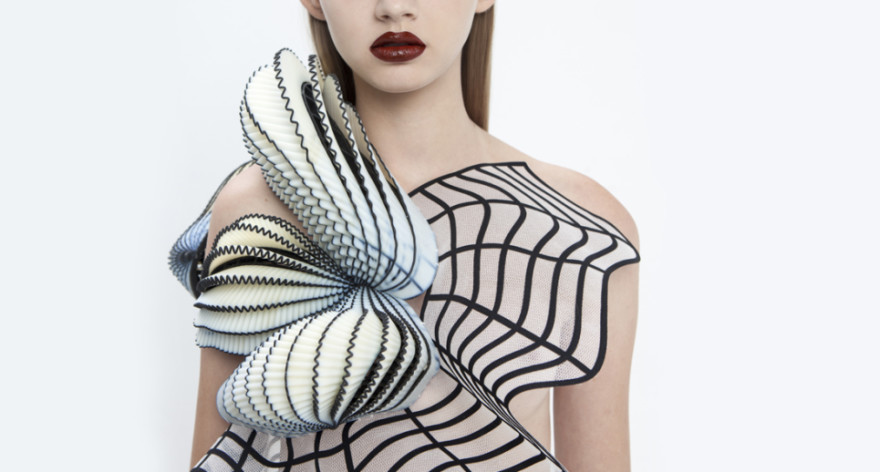
From Runway to Reality: The Impact of 3D Printing
3D printing is revolutionizing the fashion industry by offering unprecedented design flexibility, sustainability, and customization. Over the past year, this technology has been increasingly adopted by designers and brands to create innovative, eco-friendly, and personalized clothing and accessories.
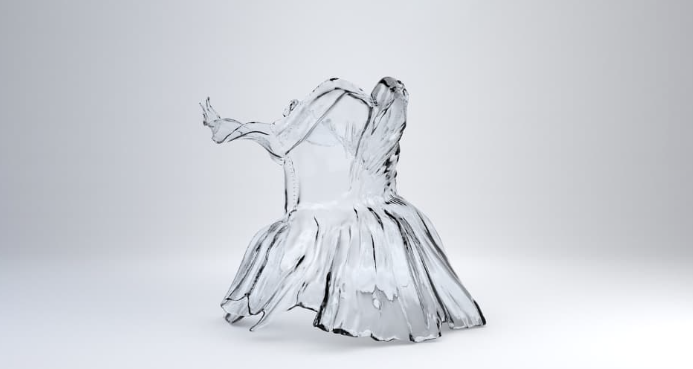
Design and Innovation
Complex Designs:
3D printing allows designers to create intricate and complex designs that were previously impossible to produce. For example, Iris van Herpen, a renowned fashion designer, has used 3D printing to create stunning, avant-garde pieces that have captivated audiences worldwide.
-
- Example: Iris van Herpen’s 3D-printed dresses have been featured in numerous fashion shows, showcasing the potential of this technology in haute couture.
Sustainability:
The technology reduces waste by allowing for the creation of pieces with minimal material usage. This aligns with the growing consumer demand for sustainable fashion. Brands like Decathlon are exploring 3D printing to produce clothing with reduced environmental impact.
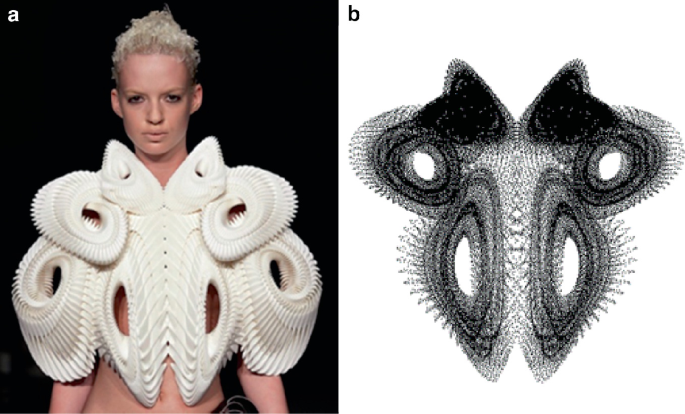
Customization and Accessibility
Personalization:
3D printing enables consumers to customize clothing and accessories according to their preferences. This personalization enhances customer satisfaction and provides a competitive edge in the market.
-
- Example: Companies are now using 3D printing to create bespoke shoes and jewelry, allowing customers to design their own unique pieces.
Market Growth:
The integration of 3D printing in fashion is driving market growth. As consumers increasingly seek unique and personalized products, the demand for 3D-printed fashion items is on the rise.
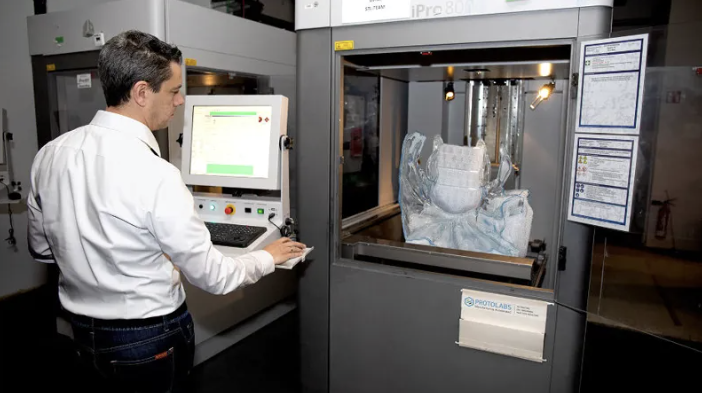
Technological Integration
AI and 3D Printing:
The integration of Artificial Intelligence (AI) with 3D printing is further enhancing design capabilities. AI can assist in modeling, material selection, and optimizing production processes, making the design-to-production cycle more efficient.
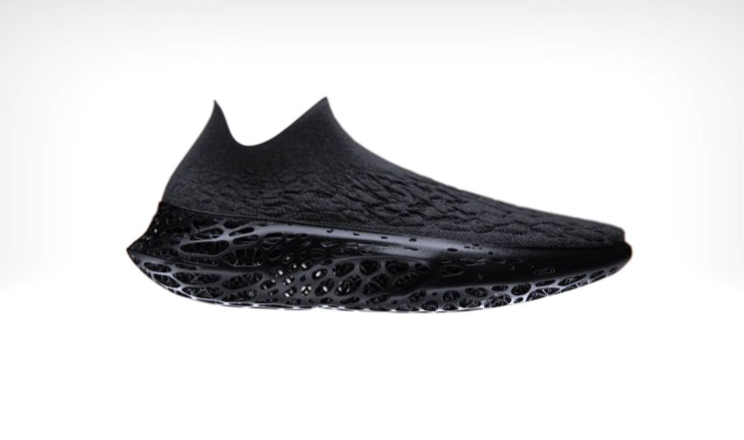
Future Outlook
As 3D printing technology continues to evolve, it is expected to play an even more significant role in the fashion industry. Future trends may include the integration of smart materials, further advancements in sustainability, and increased collaboration between designers, technologists, and brands. With its potential for customization, sustainability, and innovation, 3D printing is poised to revolutionize the future of fashion.
Sources
- https://3dprint.com/300873/decathlon-shows-off-3d-printed-shoes-made-with-hp-and-lonati/
- https://www.theengineer.co.uk/content/news/protolabs-and-ge-additive-take-3d-printing-to-met-gala/
- https://www.voxelmatters.com/from-timepieces-to-villas-four-ways-3d-printing-is-used-for-luxury/
- https://www.forbes.com/sites/eshachhabra/2024/10/15/decathlon-and-sf-based-fashion-tech-company-aim-to-3d-weave-your–pants/
- https://thefword.ai/top-fashion-technology-trends-shaping-the-future-ai-3d-printing-vr-and-more/